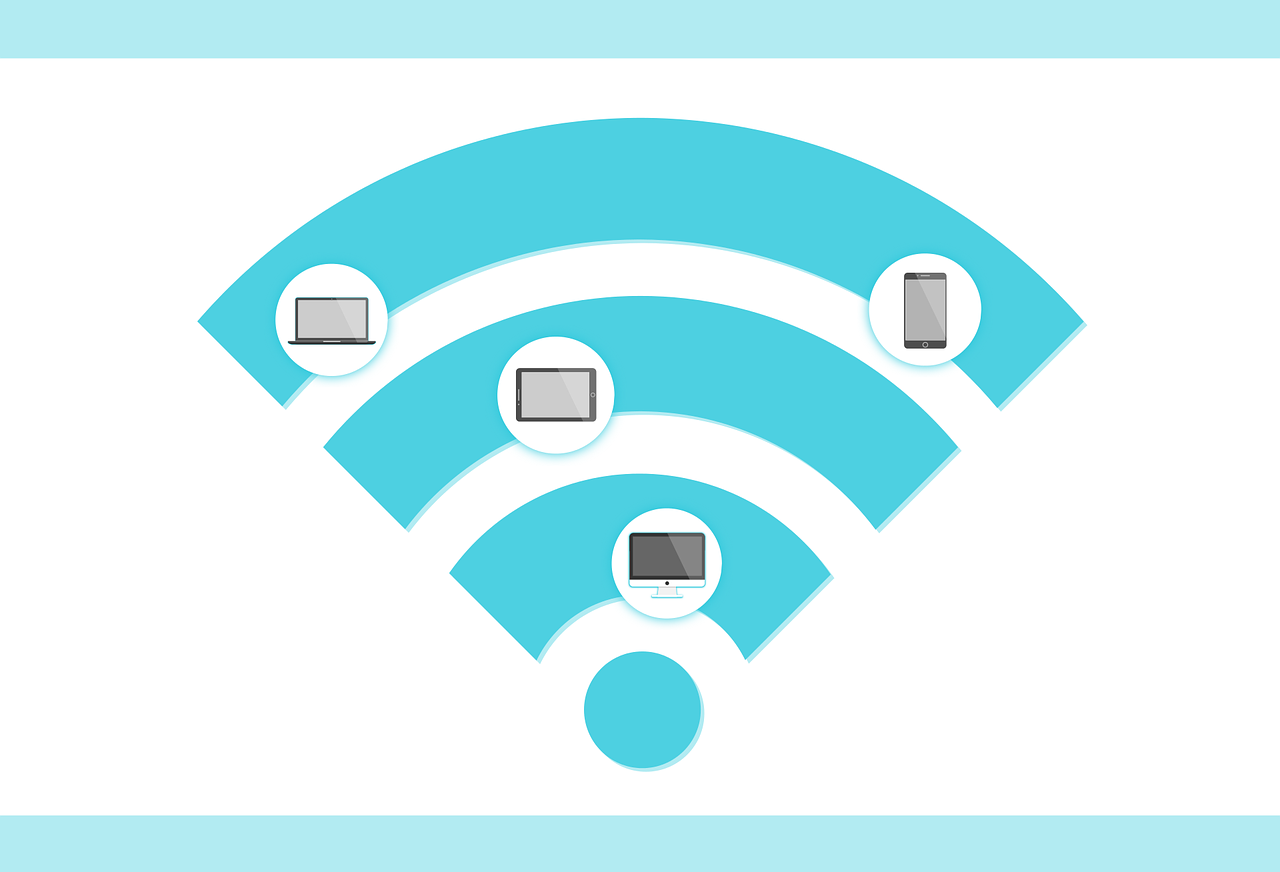Afghan Wireless Communications Company (AWCC) subscribers who want to stay connected to their friends and family but who don’t always have access to a reliable internet connection have welcomed the launch of AWCC’s new “Facebook Without Internet” service. However, some curious subscribers have also been wondering: how exactly is it possible to access Facebook without Internet access when Facebook is an Internet-based service?
The answer lies in something known as USSD, which stands for “Unstructured Supplementary Service Data.” Read on to learn more about what USSD is, how it’s used, and why it’s important.
What is USSD and how does it work?
 Broadly speaking, USSD is a protocol—a type of mobile communications technology, that allows mobile phones to communicate with a network or service provider through an interactive, menu-based system. It’s kind of like a series of SMS messages exchanged between a mobile phone and one of the network’s application programs, except that the messages are exchanged in real time (not stored and forwarded as SMS messages are). As long as the “session,” or the communication channel, is open, these two-way messages can be exchanged.
Broadly speaking, USSD is a protocol—a type of mobile communications technology, that allows mobile phones to communicate with a network or service provider through an interactive, menu-based system. It’s kind of like a series of SMS messages exchanged between a mobile phone and one of the network’s application programs, except that the messages are exchanged in real time (not stored and forwarded as SMS messages are). As long as the “session,” or the communication channel, is open, these two-way messages can be exchanged.
To open a USSD session, users dial a special “short code,” which is the code that the network or service provider has assigned to a particular application, on their phone. These codes typically begin with the “*” key and end with the “#” key: for example, the short code for AWCC’s Facebook Without Internet service is *404#. The mobile phone sends this code to the network’s server, which then responds by sending back a menu with numbered options or a question to the user’s mobile phone.
Users can answer questions or select what they would like to do by sending the number associated with their choice back to the server or by composing a short, SMS-style message. This transmission continues in real time until the user ends the session.
Networks and service providers are the ones that create USSD applications and their associated short codes, therefore users can only take advantage of the USSD services offered by their particular network. However, network operators in some countries have opened up their USSD platforms to other companies (such as taxi services, for example) to allow customers to access a broader range of services via this technology.
What are the advantages of USSD?
USSD is a highly popular technology, particularly in emerging economies, thanks to the many benefits it offers. These advantages include the following:
Requires no internet connection—As the very name of services like “Facebook Without Internet” makes clear, USSD applications do not require an Internet connection or a data plan in order for people to use them. This means that they are accessible to users regardless of geographic location or level of service provider coverage.
Requires no installation—Unlike an app, which users typically have to install and configure, even very simply, before they can use it, USSD services require no installation. All one has to do is dial the short code and follow the instructions. This makes USSD services highly accessible, even to people with very low levels of digital literacy.
Can be used on almost any phone—One of the biggest advantages of USSD technology is that it works even on the most basic mobile phones. Many applications today are designed only for smartphones, thus putting these services out of reach of people who, for various reasons, do not own and cannot acquire a phone capable of supporting them. But, because USSD services are purely text based, people can use them on virtually any mobile phone, even those with no smart or data features whatsoever. A recent LinkedIn article estimates that 99% of mobile phones are compatible with USSD applications.
Cost-effective—As a result of the three advantages listed above, USSD is a highly cost-effective communication method, thus making it a desirable technology for customers and providers alike.
Fast—Because USSD communications are always taking place via an active, open connection, it is a much faster method than other messaging options. As such, there’s no waiting around for messages to be sent or downloaded.
How can People use USSD?
One of the main reasons why USSD has become such a popular choice for communications technology is that people can use it for such a wide variety of applications and services. Networks are leveraging USSD applications to provide their customers with everything from Facebook and Gmail services without Internet to a convenient way to top up their subscription balance. One particular area that USSD technology has transformed is mobile banking. The power of USSD makes it possible for customers to perform important daily banking tasks like paying bills, transferring money, and monitoring account balances, all via a basic mobile phone. The impact of USSD mobile banking services has been especially profound in remote and rural areas, where locals frequently have neither Internet services nor the resources to acquire sophisticated smartphones.

